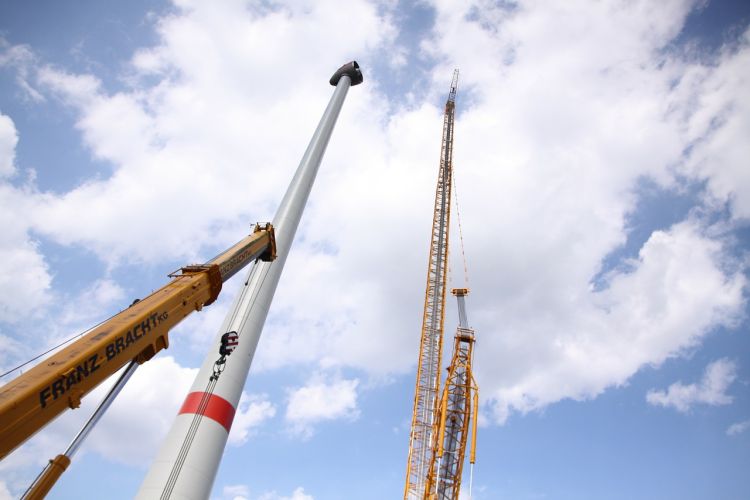

Cushioning risks, creating more security
There are worlds between systems from the pioneering days of the 1980s and today's models. At that time, the rated outputs were still in the lower double-digit kilowatt range, the offshore sector has already reached the 8 MW mark as of 2017. But even on land, gigantic rotors and enormous heights characterize the image of current plants. It goes without saying that this is also accompanied by yields that are a thousand times higher than in the early days of wind power generation.
However, all these further developments in the field of wind energy also mean higher risks for wind turbine operators. The better they know, identify and reduce the critical points as much as possible, the better they can be insured. An insurance concept or insurance package may include, among other things, the following building blocks:
Depending on the situation, legal expenses insurance also makes sense as an additional component. Disputes that have to be settled in court – be they of a contractual, tax or administrative nature – quickly become a high financial burden for the operator of a wind turbine or a wind farm.
Experience has shown that the share of insurance costs in the operating costs in the offshore sector is higher than for onshore wind turbines and can account for more than a fifth of this. However, operators are on the safe side, even before the actual wind power project: If you want to invest in renewable energies, you usually need financing and one of the prerequisites for this is also sufficient insurance coverage of the turbines.

Operator risks exist before, during and after the construction of the wind turbine. As a result, damage to components can occur during transport, which can jeopardize the schedule and further course of a project if they are not insured. During assembly at the site, however, storms, vandalism, clumsiness with the crane and other equipment or accidents can have devastating consequences – especially if people are injured.
However, operators should also be adequately insured against plant or environmental damage. In both new and older wind turbines, loosening and falling parts or fires can cause damage to the environment due to short circuits or overheating of components. Subsequent claims for damages are then covered by operator liability insurance.
If operating or product defects or machine breakage come into play during operation and cause damage or destruction, machine breakage insurance is another useful addition. Of course, in such a case it does not remain with a purely material damage. The financial loss resulting from the shutdown of the wind turbines can be compensated by a loss of earnings insurance or business interruption insurance.

Conclusion: Wind turbine insurance costs money, but it is well invested. If all possible risks are identified at every phase of a wind project – from construction to operation to continued operation or repowering – and covered by appropriate insurance, operators of wind turbines not only ensure greater calculability. At the same time, they minimize the risk of insolvency, which threatens in the event of damage due to third-party or personal fault. Last but not least, sufficient insurance cover is also a prerequisite for obtaining a financing commitment for a wind project at all. Plant operators should therefore have an insurance concept put together by the insurer they trust that includes all project-specific needs and scenarios and reliably closes coverage gaps.
